
Jithinlal n r is an artist and an illustrator based in Kochi, Kerala. While growing up, his correspondence with Art was nonexistent. Coming out of servitude and extended slavery, his grandfather was the first generation who went to school. The land reform movement furnished them with banded settlements. But with Jithin, the emancipation of the Dalit identity was never a concern. Instead, his marginal existence lacked tribalism. Or is it the sheer non-identity of the Dalit presence that injects conformity in behavioral attitudes? Who am I to judge? But I remember Jithin telling me that he could not check himself in any of the listed and siloed backgrounds. One yellow afternoon I asked him, How becoming a Dalit impacted your life? His answer was crisp, “Becoming Dalit’ from ‘a slave self’ have given me an agency! An agency that was denied for thousands of years, a sense that we are human, like any other human beings, and no one for any reason can humiliate us of our pride.” And that, “a brahmin and an untouchable are equal beings and its ‘the society” that have constructed the norms of the caste system.” So, it can be “deconstructed.”


“Indian art world work in the same order of caste fixation, it has not changed much. Only the order (hierarchy) of power and stakeholders have changed. When the exploitative system is intact, and the power change doesn’t make a difference, I think for a Dalit/ female/LGBTQ/minority/tribal/marginal artist, it’s a tough ride in the Indian art world, as of now. But with discourse throughout the world changing, the future looks more bright than ever.”






“The word in language is half someone else’s… it exists in other people’s mouths, in other people’s
contexts, serving other people’s intentions: it is from there that one must take the word, and make it
one’s own. The way in which I create myself is by means of a quest.”
-Mikhail Bakhtin

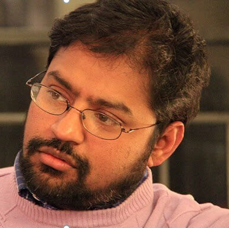
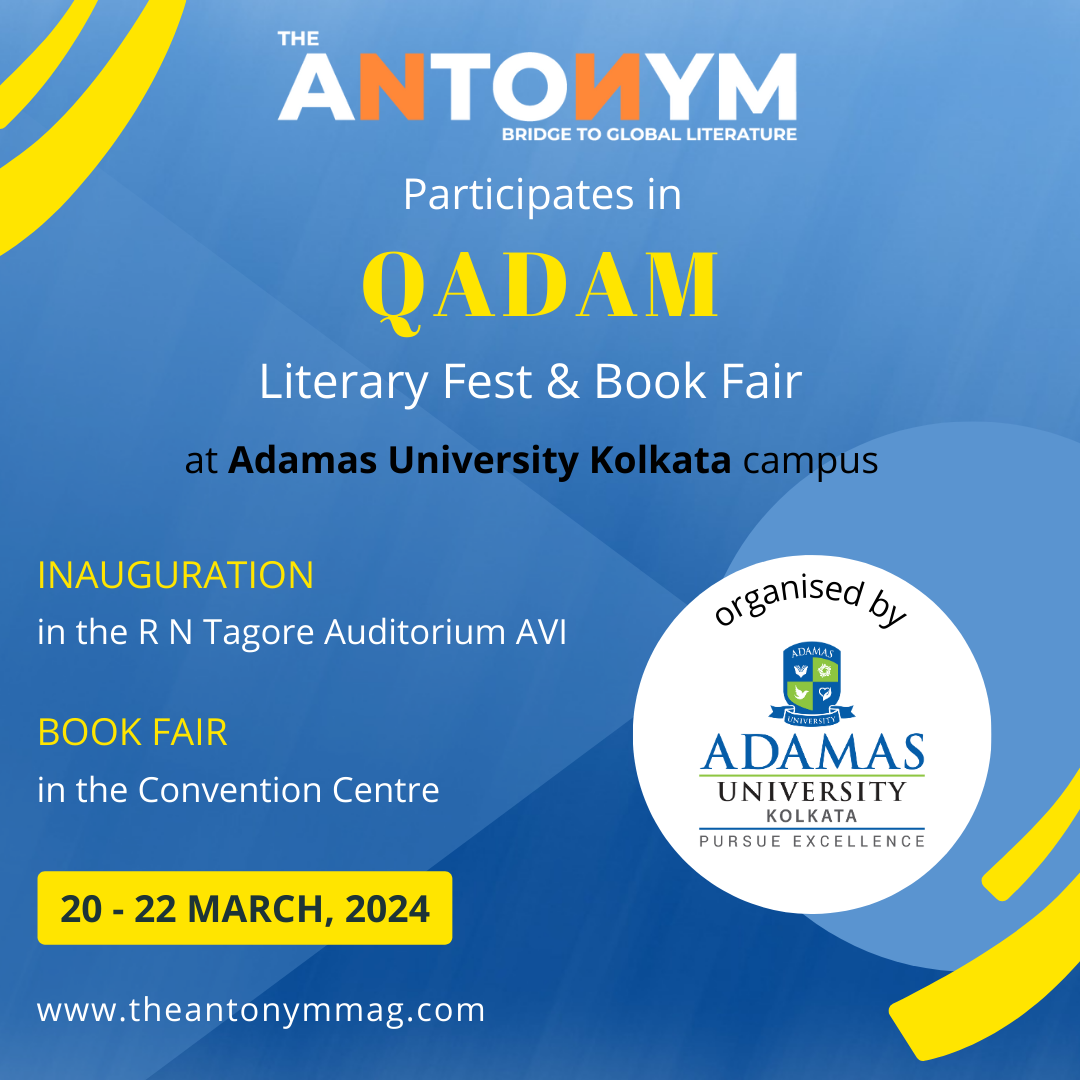
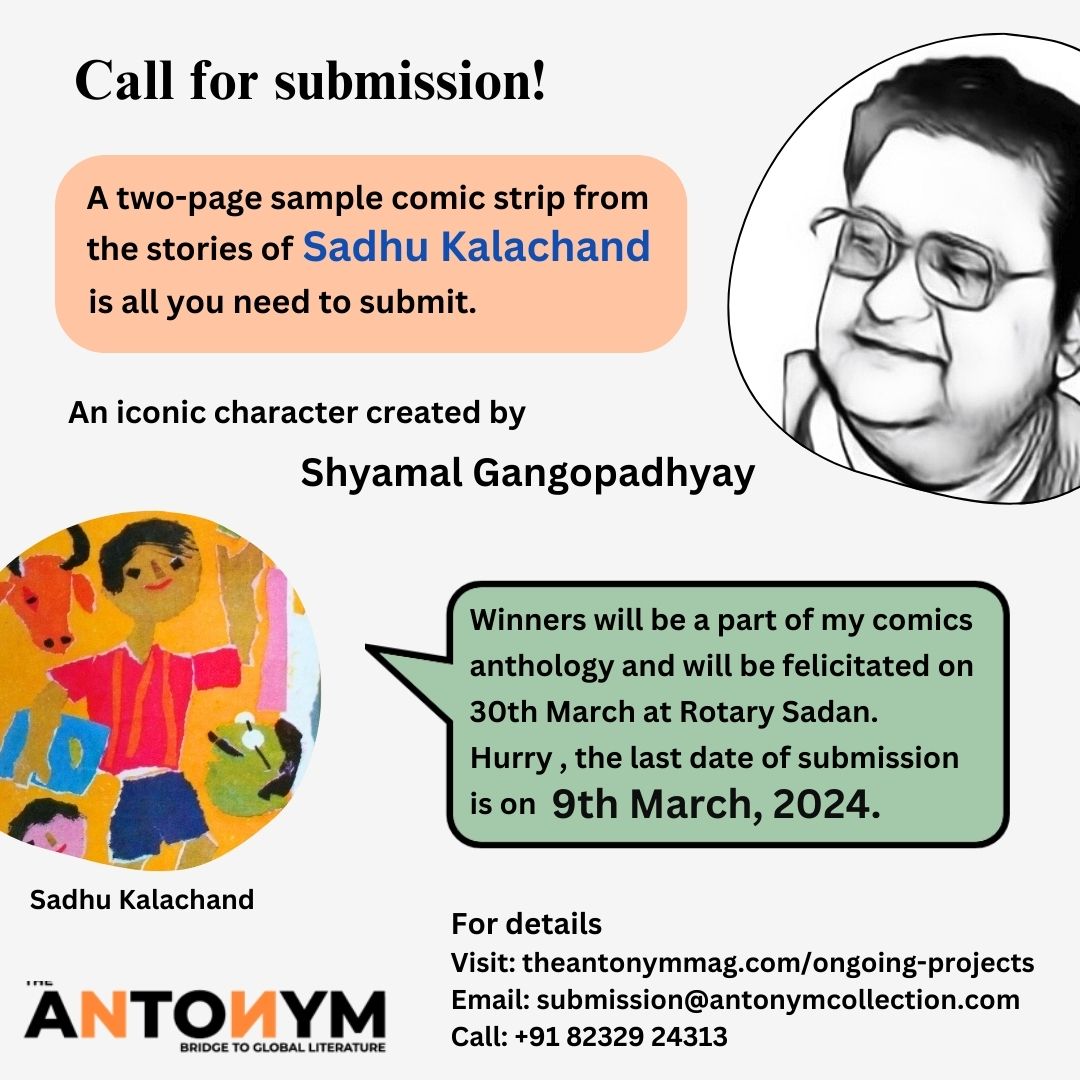
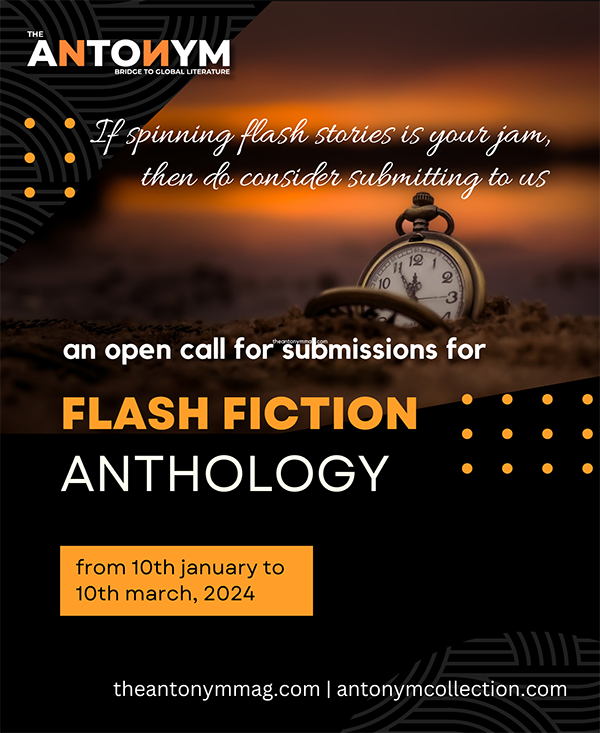








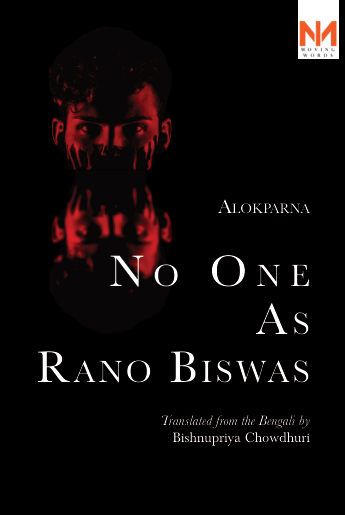
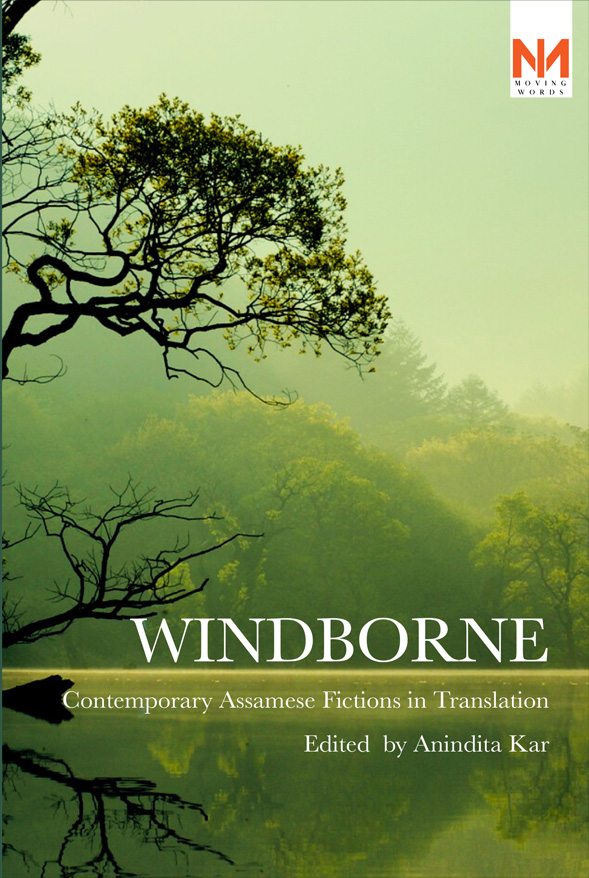
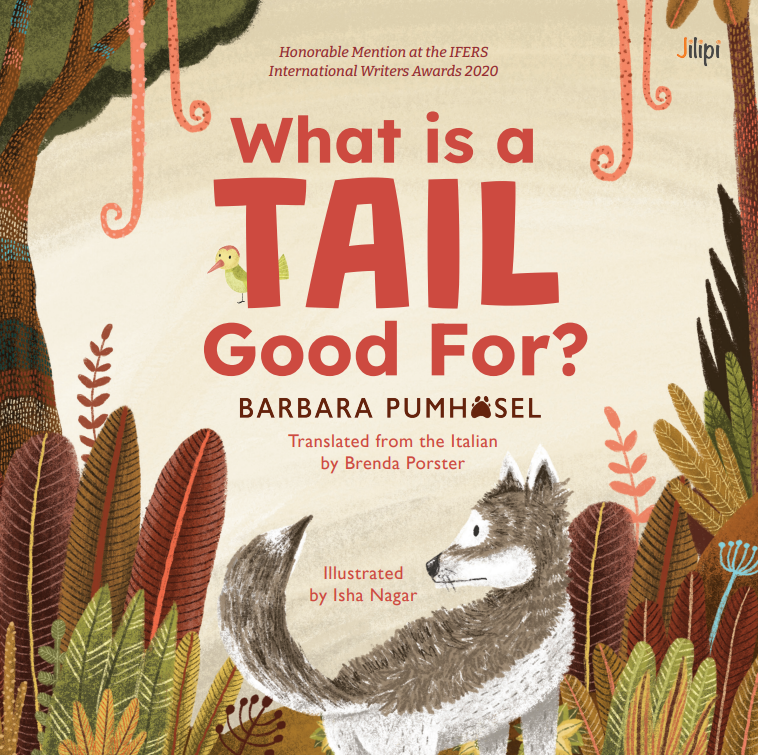















0 Comments